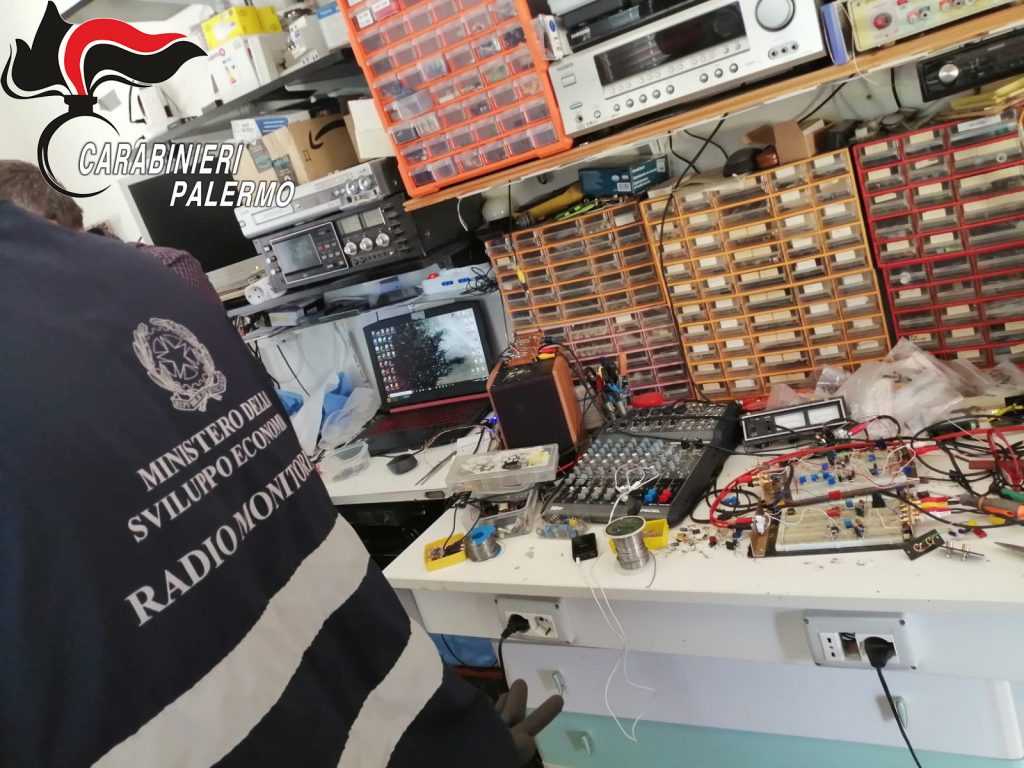
Source
We continue our journey through the airwaves of Eastern European countries where the “old” FM OIRT band (between 65.8 and 74 MHz) is about to be completely abandoned. The situation in this band in Ukraine should be examined taking into account the presence of three public radio channels and some private broadcasters, of religious or informative nature. The head of the organization responsible for the development of the radio and television networks, National Radio and Television of Ukraine (NSTU), Dmytro Gruzynsky, in an interview in December 2020, affirmed the intention of the organization to soon dismantle almost all the installations still operating in the OIRT band.
The situation of the public broadcaster’s national programmes

Source
In the plans of the company, about ten transmitters should have remained on air for Persha Program, as many for Radio Promin’ and 15 for Radio Kult’ura. The reason for the cuts was, on the one hand, the obsolescence and inefficiency of many systems, and on the other hand the possibility of being assigned FM frequencies in the same basins. Typically, new concessions are awarded through a tender and the state broadcaster must always beat competition from the numerous commercial radio stations. In some cases, the authorized powers have proved to be insufficient to satisfactorily cover the service area, so much so that NTSU asked to increase the power of a concession for UR1 from 500 watts to 1 KW). The fact remains that the presence of the three Ukrainian public broadcasters in the OIRT band is destined to be increasingly residual.
Commercial radio stations in the OIRT band?

Source
As far as private broadcasting is concerned, both OIRT band frequencies of Yaskrave Radio and two out of three OIRT band frequencies of Hromads’ke Radio have been switched off. In addition, at the end of 2020, RadioM let lapse the concession for 68.36 from Odessa, which was the only OIRT band frequency of the station.
Two religious radio stations broadcast only in the OIRT band

Source
The installations of two religious radio stations remain active; at the moment they only have frequencies in the OIRT band and therefore it is likely that they will not be switched off, since listeners still have devices and car radios to receive the programs broadcast in this band. To date, the Catholic Radio Mariya has 11 different frequencies, Svitle Radio Emmanuyil (close to the Pentecostal Church) has 8, while Golos Nadiyi (“Voice of Hope“, an Adventist radio station) has only 4 in the OIRT band and 3 in the “new” FM band and it can be assumed that it takes over some of the licenses issued by the NSTU.
Analogue TV channels remain on air – for political reasons

Source
As a curiosity, the OIRT FM band is adjacent to a band used for TV and there are still some analogue TV channels on air, and can be received on 65.75 MHz (the audio frequency related to the TV channel R2). It seems in fact that not all analogue Ukrainian TV stations have completed the switch off; moreover Ukrainian authorities intend to keep on analogue transmissions serving the Donbass area and in several settlements in the Kherson region near occupied Crimea (for obvious political reasons).
by Franco Martelli, part 2-continues




